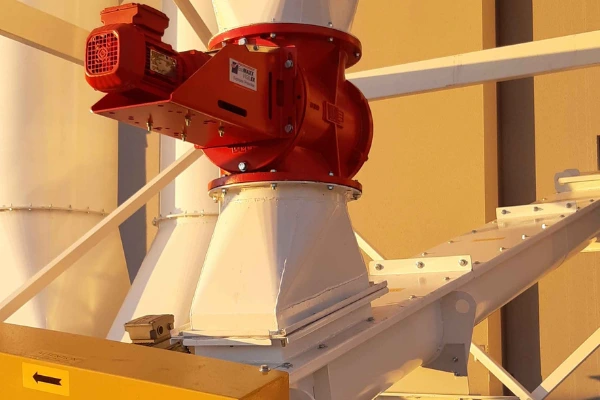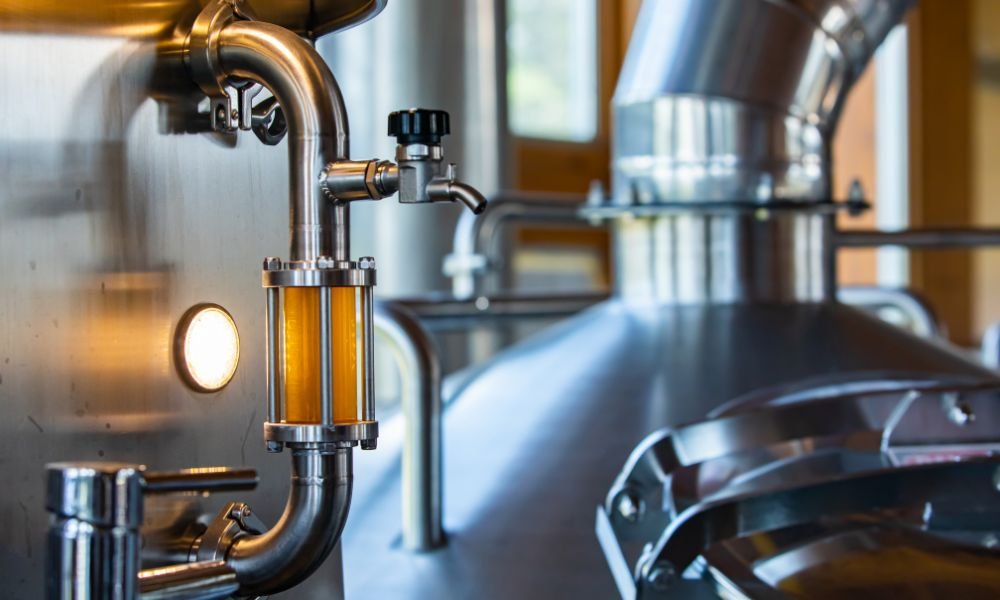The processes rely on precise material handling and controlled material flow. Selecting the appropriate equipment can significantly impact overall system efficiency, safety, and performance. Among critical components in many industrial applications, the right valve plays a crucial role in managing material transfer and maintaining system integrity.
Key considerations in valve selection
Choosing the correct valve requires careful evaluation of multiple factors. Engineers and plant managers must consider several important elements that directly influence the valve’s performance and compatibility with specific industrial processes. These considerations go beyond simple specifications and demand a comprehensive understanding of your unique operational requirements.
A critical component in material handling
A rotary airlock valve serves as a critical interface between different pressure zones in pneumatic conveying systems, dust collection equipment, and various industrial processing environments. Its primary function involves creating a seal between two different pressure environments while allowing controlled material transfer.
Fundamental performance parameters

Several essential parameters guide the selection process:
- Material characteristics
- Bulk density
- Particle size
- Temperature range
- Pressure differential
- Corrosion resistance requirements
- Abrasiveness of handled materials
These parameters help identify the most suitable rotary airlock valve configuration for specific industrial applications. Each parameter contributes to determining the optimal valve design and material construction.
Evaluating system requirements
Detailed system analysis becomes paramount when selecting the right valve. Engineers must thoroughly examine the following:
- Conveying system design
- Material flow characteristics
- Environmental conditions
- Operational temperature range
- Pressure differential between chambers
- Expected material volume
- Potential chemical interactions
Comprehensive evaluation ensures optimal valve performance and minimizes potential operational disruptions.
Design and construction considerations
Different valve designs address specific industrial challenges. Rotor configurations, material construction, and seal mechanisms significantly impact overall performance. Stainless steel, carbon steel and specialized alloys offer varying levels of durability and chemical resistance.
Matching valve to specific industrial needs
Each industrial sector presents unique material handling challenges. Food processing, pharmaceutical manufacturing, chemical production, and agricultural industries require tailored valve solutions that meet stringent operational and regulatory standards.
Application-specific selection strategies
When selecting a rotary airlock valve, consider these strategic approaches:
- Analyze material flow characteristics
- Assess pressure differential requirements
- Evaluate environmental conditions
- Review maintenance accessibility
- Consider long-term operational costs
- Examine seal integrity mechanisms
These strategies help determine the most suitable valve configuration for specific industrial processes.
Performance optimization techniques
Proper valve selection involves more than identifying basic specifications. Advanced optimization techniques include:
- Computational fluid dynamics modelling
- Detailed material flow simulations
- Comprehensive performance testing
- Collaborative engineering assessments
Such approaches ensure precise valve selection and enhanced system reliability.
Maintenance and operational considerations
Long-term performance depends on:
- Regular inspection protocols
- Preventive maintenance schedules
- Proper cleaning and calibration
- Monitoring wear patterns
- Understanding operational stress factors
Implementing robust maintenance strategies extends valve lifespan and maintains consistent system performance.
Selecting the right rotary airlock valve represents a critical decision in industrial material handling systems. Analysis, strategic evaluation, and a thorough of system requirements enable engineers to make informed choices that enhance operational efficiency.
Successful valve selection combines technical expertise, systematic assessment, and deep of specific industrial processes. By approaching the selection process methodically, organizations can achieve optimal material handling performance, reduce operational risks, and maximize overall system productivity.

